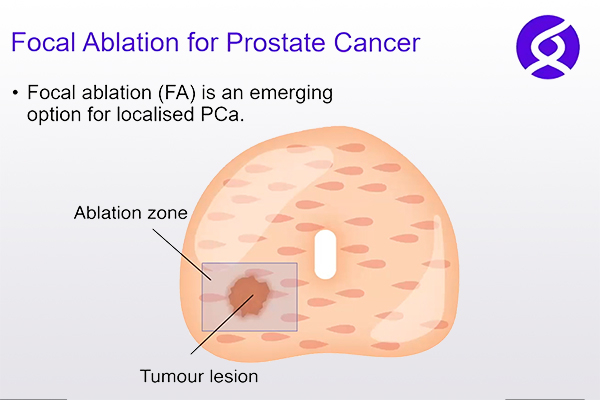Home
First and foremost I am a clinician and surgeon with a particular expertise and passion for the treatment of patients with prostate cancer and benign prostate conditions. I do this in three ways: firstly as your doctor or surgeon, secondly through the research I perform with my highly skilled team and thirdly by offering a comprehensive second opinion service. My […]

